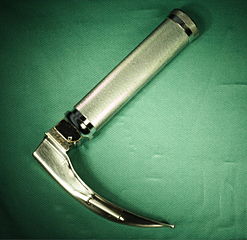If you’ve perused the glossaries for chapters 1 – 20 and 21 – 40, you already know most of what you need to know to get through the rest of the book. However, there are few more definitions worth including, and I’ll review a few things that were presented in the early chapters.
CHAPTER 44
Macerated: To macerate something is to steep it in a fluid until it loses its structural integrity. In the setting of a traumatic wound, tissues that have already been lacerated and shredded by the injury will swell with edema fluid, and inflammatory exudates (serum and lymph) will ooze from the capillaries. Early on these exudates are a good thing, as they initiate the healing process, but if the wound remains steeped in these fluids for too long, the perpetual state of moistness will cause a further loss of structural integrity, and healing will be delayed. This is why your parents were always telling you to let your skinned elbow or knee get some air. Scab formation, which is good, needs a dry milieu in order to occur.
CHAPTER 54
Cardioplegia: Kardia is Greek for heart. The suffix -plegia is derived from the Greek word plēgē, which means stroke or paralysis. Thus, cardioplegia means paralysis of the heart. During cardiac surgery the heart is arrested by infusing a cold IV solution rich in potassium ions–cardioplegia solution–into the coronary arteries. The potassium ions immediately paralyze the muscle cells of the heart, resulting in complete cardiac arrest. The still heart can then be operated on. The cold temperature of the solution will chill the heart, significantly reducing its metabolic rate, thus protecting it from damage while blood flow to the coronary arteries has been interrupted. Cardioplegia solution is administered with a specialized needle that is inserted into the aorta.
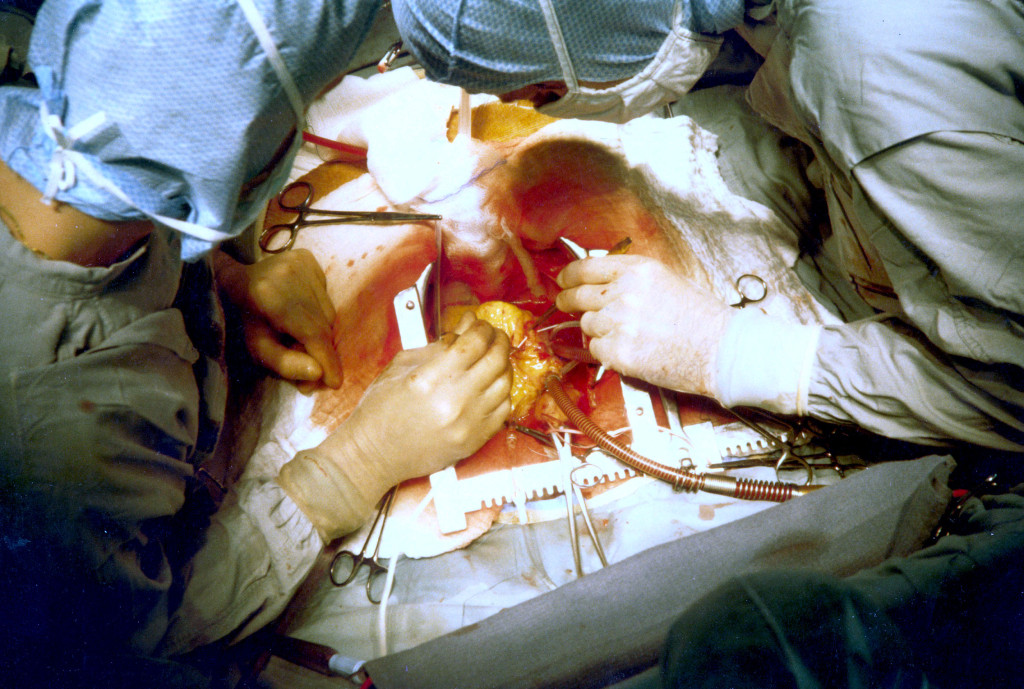
Donor cardiectomy: You’ll recall that ectomy is the complete removal of an organ or a structure, and kardia is Greek for heart, so donor cardiectomy is the removal of the heart from a donor for transplantation into a recipient. Cold cardioplegia solution is infused into the donor heart prior to explantation in order to paralyze it and reduce its metabolic rate, thus preserving it while it exists outside the human body.
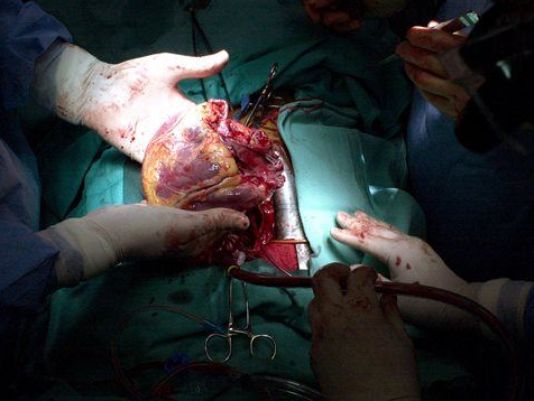
CHAPTER 60
Most of the airway/intubation stuff was presented way back in chapter two, so I thought a review was in order.
Ambu or oxygen bag: a pliable plastic bag the size and shape of a football. By repeatedly squeezing the bag oxygen is pumped into the lungs. During respiratory distress or cardiac arrest, bagging is preferred over mechanical ventilation, in that a higher respiratory rate can be achieved.
Endotracheal tube: a plastic tube that is inserted through the mouth (or nose) and advanced into (endo = within) the trachea. It gives the first responder or ER physician control of the airway.
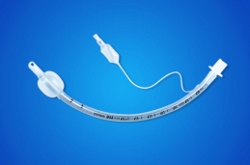
Laryngoscope: an L-shaped instrument with a handle and a detachable blade. The blade is placed into the pharynx, and by lifting the base of the tongue, the vocal cords (which reside in the larynx) are visualized. The endotracheal tube is then advanced through the cords into the trachea.
Succinylcholine: (sucks-in-il-kō’-lēn) a short-acting intravenous drug that paralyzes every muscle in the body within seconds, including the breathing muscles, therefore necessitating immediate intubation. It is often used to paralyze combative or unstable patients who need to be intubated emergently.
CHAPTER 62
Four-point leather restraints: If you have these on each arm and each leg and they are secured to the rails of a gurney, there is little you can do about it.
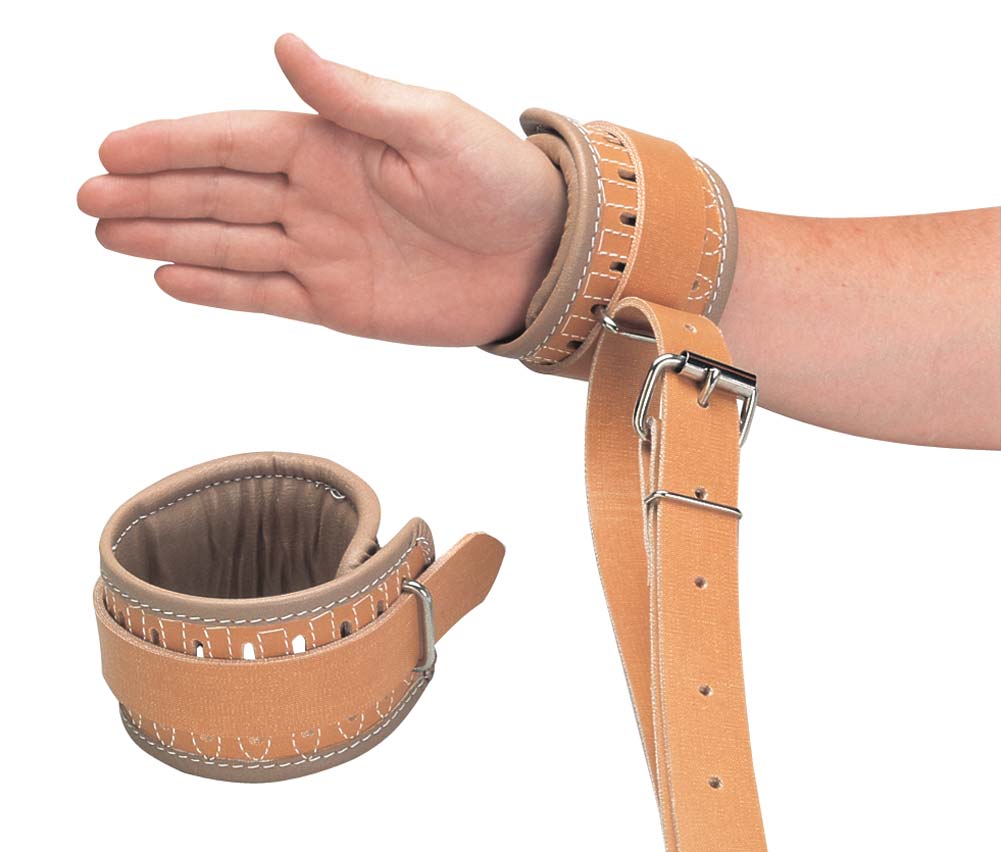
Tachycardia: Tachys is Greek for swift or fast, and kardia is Greek for heart, so rapid heart rate. In the clinical setting, a heart rate of 100 beats per minute or higher is considered to be a tachycardia.
CHAPTER 63
Coarse v-fib: Early ventricular fibrillation (complete loss of the rhythmic contraction of the heart) manifests as a coarse sawtooth pattern on an EKG tracing or cardiac monitor. Within minutes, the fibrillating heart will deplete its stores of oxygen and ATP, and the coarse fibrillation degenerates into fine ventricular fibrillation. The flatline tracing that you’ve undoubtedly seen in movies and on television occurs when the heart is devoid of all electric activity.
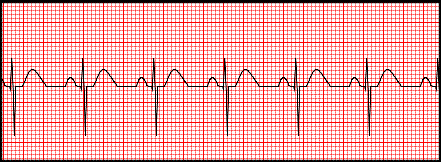
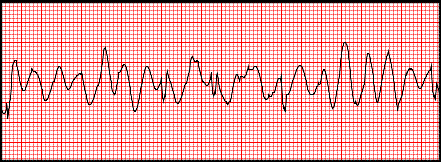
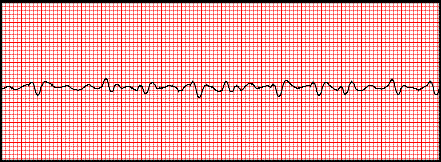

And on that note, The Organ Takers glossary comes to a close.


